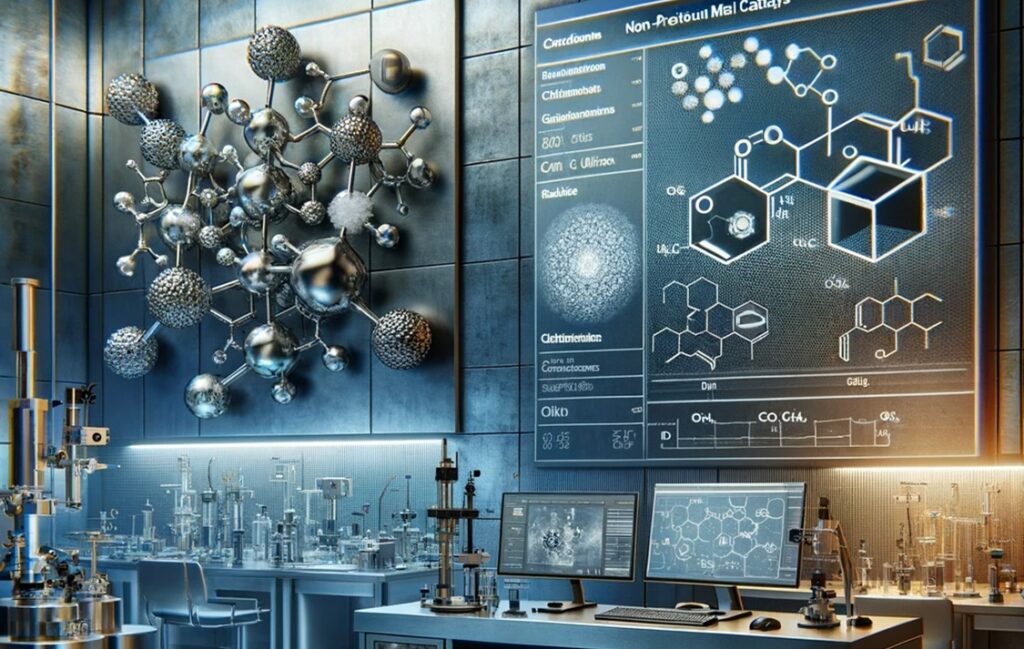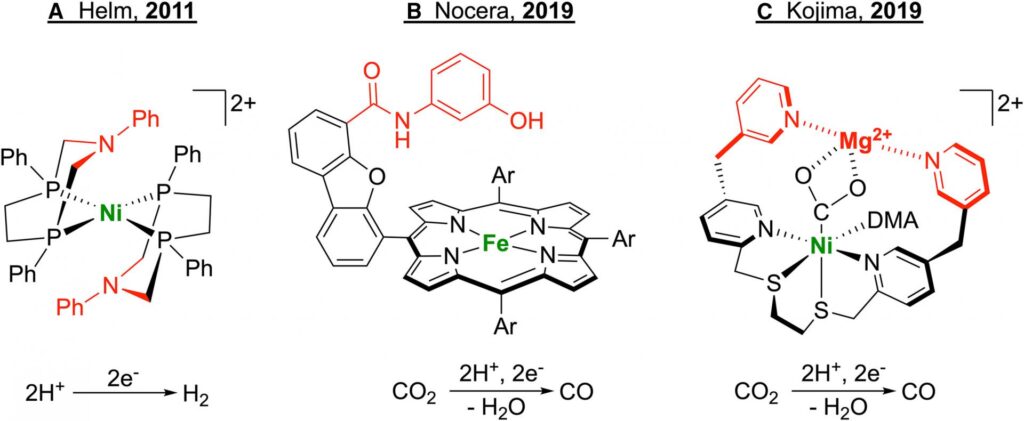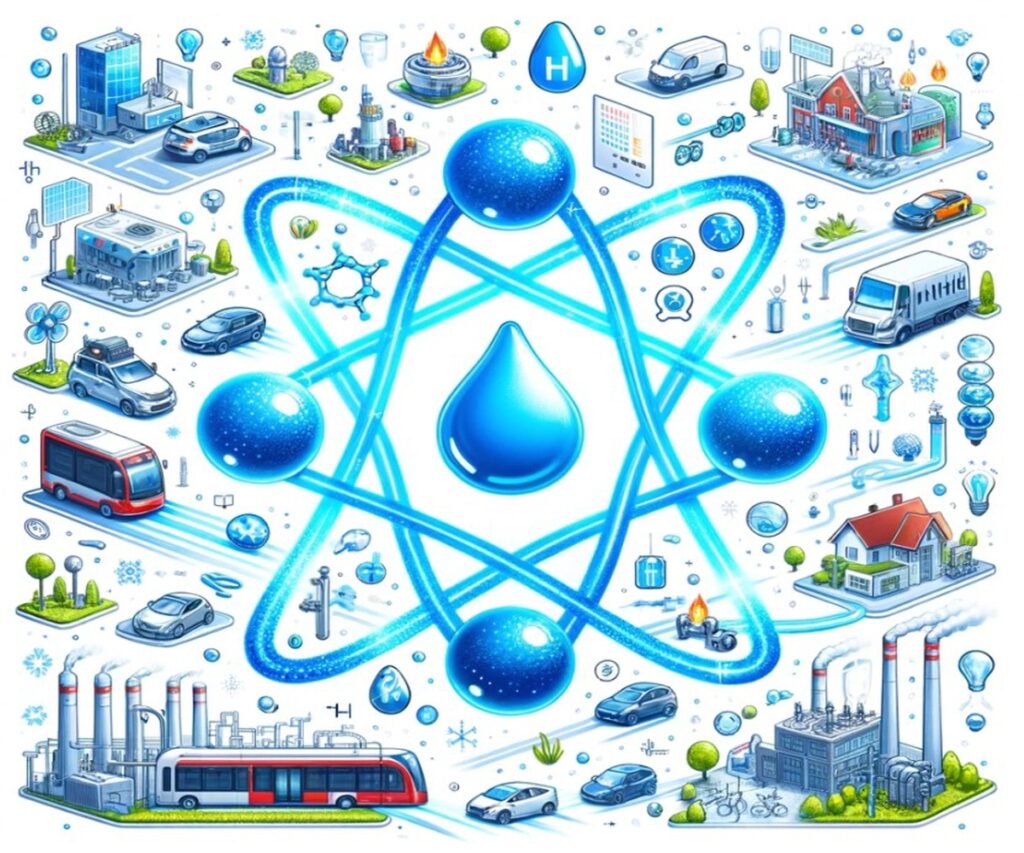
Introduction : Precious Metal Catalysts
In the dynamic world of chemical synthesis and industrial catalysis, a significant shift is underway. The traditional reliance on precious metals for catalytic processes is being challenged by the emergence of non-precious metal catalysts. These catalysts are not only more cost-effective but also demonstrate exceptional efficiency and versatility, heralding a new era of sustainable and accessible chemical processes.
Advancing Base Metal Catalysis
The renaissance in base metal catalysis is redefining the landscape of chemical reactions. Metals like iron, nickel, and cobalt, traditionally viewed as less valuable, are now proving to be invaluable assets in catalysis. Their abundance and economic viability make them a compelling alternative to precious metals. Recent breakthroughs in this field have shown that these base metals can perform as well as, or even outperform, their precious counterparts in various chemical reactions, marking a significant advancement in making industrial processes more sustainable and environmentally friendly.
Emerging Methods Utilizing Base Metals
The exploration of base metals in catalysis is not just a scientific curiosity but a necessity for a sustainable future. These metals, when tailored at the molecular level, exhibit unique catalytic properties that can be harnessed for specific chemical reactions. The development of innovative methods to utilize these base metals is a testament to the ingenuity of researchers in seeking alternatives to expensive and scarce precious metals.

Redox-Active Ligands and Metal-Ligand Cooperativity
At the heart of modern catalysis lies the intricate dance between metals and their ligands. Redox-active ligands are revolutionizing this field by actively participating in the catalytic process, thereby enhancing the catalyst’s overall efficiency. The concept of metal-ligand cooperativity, where both the metal and its ligands work in unison, is crucial in determining the catalyst’s performance. This synergy can lead to novel reaction pathways, enabling groundbreaking chemical transformations.
SCS Effects: Tailoring Catalytic Properties
The SCS (Strong-Coordination-Strong) effects introduce an innovative approach to catalyst design. By manipulating the coordination strength between the metal and its ligands, chemists can fine-tune the catalyst’s properties for specific reactions. This strategy has led to the creation of highly selective and efficient catalysts, offering tailored solutions for complex chemical processes.

Base Metal Photo and Electrocatalysis
The application of base metals in photocatalysis and electrocatalysis represents a significant stride in energy conversion and storage technologies. These processes are vital for the development of sustainable energy solutions, such as solar cells and batteries. Base metal catalysts, with their sustainability and cost-effectiveness, are proving to be a game-changer in these fields, contributing significantly to the advancement of green energy technologies.
Metal Recovery and Recyclability: A Sustainable Approach
An essential aspect of the shift towards non-precious metal catalysts is their potential for recyclability and ease of recovery. This not only minimizes waste but also further reduces the overall cost of the catalytic process. Developing efficient methods for the recovery and recycling of these catalysts is a key research area, crucial for enhancing the sustainability of the chemical industry.
Conclusion
The transition to non-precious metal catalysts marks a pivotal moment in the field of chemistry and catalysis. It signifies a move towards more sustainable, cost-effective, and efficient chemical processes. As research in this area continues to expand, these innovative catalysts are expected to play a central role in various industrial applications, driving the principles of green chemistry and sustainable development forward.
Source: Clapson, Marissa L., et al. “Base metal chemistry and catalysis.” Cell Reports Physical Science 4.9 (2023).
https://doi.org/10.1016/j.xcrp.2023.101548
※ This report has been compiled for the purpose of providing general information. It is based on data gathered by CHEMiFORGE. Should you have any inquiries or need to make decisions based on this report, it is advisable to consult with a CHEMiFORGE.


